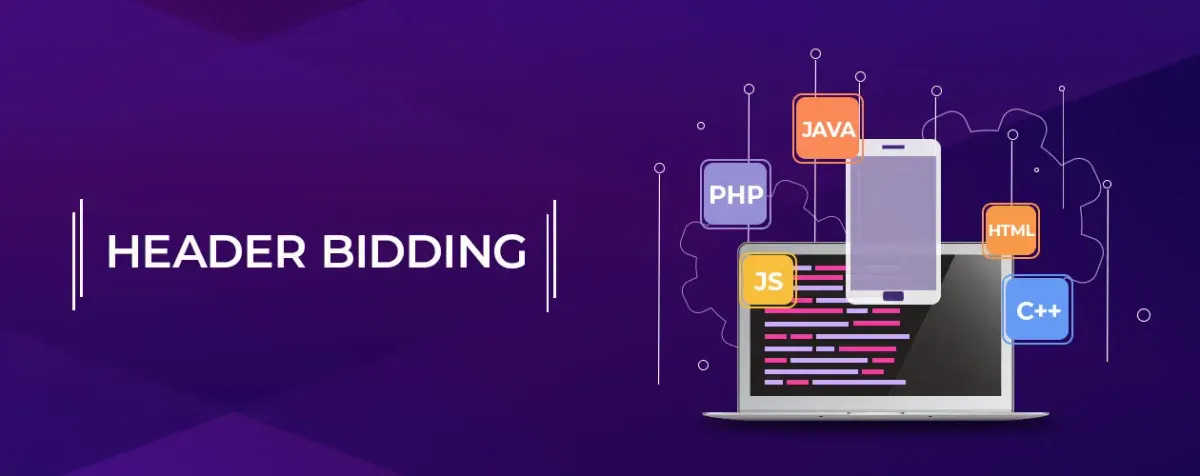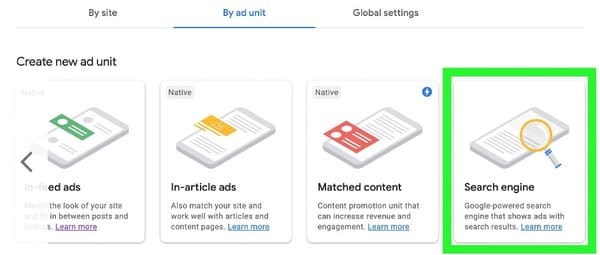What Is Header Bidding?

Header bidding is an innovative approach to programmatic advertising that has revolutionized the way publishers sell their ad inventory. This technology has gained immense popularity in the digital advertising world over the last few years. It has become a game-changer for publishers as it has given them the ability to maximize their revenue by making their ad inventory available to multiple demand partners in real-time. In this article, we will explore what header bidding is, how it works, and its impact on the digital advertising industry.
What is Header Bidding?
Header bidding is a programmatic advertising technique that allows publishers to offer their ad inventory to multiple ad exchanges or demand-side platforms (DSPs) simultaneously. Unlike traditional methods of programmatic advertising, where ad inventory is sold through a single ad exchange, header bidding opens up the inventory to multiple demand partners at the same time. This creates a bidding competition among the partners, and the highest bidder wins the right to display their ad on the publisher's website.
Header bidding gets its name from the fact that the auction process takes place in the header of the web page, before the page content is loaded. This allows publishers to get the best possible price for their ad inventory, as it is offered to multiple demand partners simultaneously, rather than sequentially as in traditional methods.
How Does Header Bidding Work?
Header bidding involves a complex process that takes place behind the scenes of a website. The following steps outline how header bidding works:
Step 1: The publisher's website loads a piece of code called a header bidding wrapper. This code is responsible for calling different ad exchanges or demand-side platforms and gathering bids for the publisher's ad inventory.
Step 2: When the header bidding wrapper is loaded, it sends out bid requests to different ad exchanges or demand-side platforms. These bid requests contain information about the ad inventory, such as the ad size, location, and format.
Step 3: The ad exchanges or demand-side platforms receive the bid requests and evaluate the available ad inventory based on their target audience, bid price, and other factors.
Step 4: Each demand partner responds to the bid request with a bid price, which is sent back to the header bidding wrapper.
Step 5: The header bidding wrapper receives all the bids and passes them on to the publisher's ad server.
Step 6: The ad server determines which ad to display based on the highest bid and serves the ad to the user.
Impact of Header Bidding on the Digital Advertising Industry
Header bidding has disrupted the traditional programmatic advertising model and has had a significant impact on the digital advertising industry. Here are some of the ways in which header bidding has changed the game:
- Increased Revenue for Publishers
Header bidding has given publishers the ability to sell their ad inventory to multiple demand partners, resulting in increased competition and higher prices for their ad space. Publishers can now get the best possible price for their ad inventory, rather than settling for whatever price a single ad exchange is willing to pay.
- Greater Transparency
Header bidding has made the programmatic advertising process more transparent. Publishers can see which demand partners are bidding on their ad inventory and how much they are bidding. This transparency has led to better relationships between publishers and demand partners.
- Improved User Experience
Header bidding has also improved the user experience by making ads more relevant and engaging. With multiple demand partners bidding for the same ad inventory, publishers can choose the most relevant and engaging ads for their users.
- Increased Demand for Ad Inventory
Header bidding has created more demand for ad inventory, as multiple demand partners can bid on the same ad inventory simultaneously. This has led to increased competition and higher prices for ad space.
- More Complex Ad Tech Stack
Header bidding has made the ad tech stack more complex, as it involves multiple partners and technologies working together. Publishers need to manage and optimize their header bidding setup, which requires expertise and resources. This has given rise to header bidding management companies that provide services to publishers to manage their header bidding setup.
- Impact on Advertisers
Header bidding has also had an impact on advertisers. With increased competition for ad inventory, advertisers have to bid higher to win the auction. This has led to higher ad prices and increased costs for advertisers. However, header bidding has also led to better targeting and more relevant ads for users, which can lead to higher engagement and better ROI for advertisers.
Conclusion
Header bidding has revolutionized programmatic advertising and has become an essential part of the digital advertising ecosystem. It has given publishers the ability to maximize their revenue by making their ad inventory available to multiple demand partners simultaneously. It has also led to greater transparency, improved user experience, and increased demand for ad inventory. However, header bidding has also made the ad tech stack more complex and has led to higher costs for advertisers. As the digital advertising industry continues to evolve, header bidding will remain a key player in programmatic advertising and will continue to shape the future of digital advertising.
Newsletter sponsored by:




